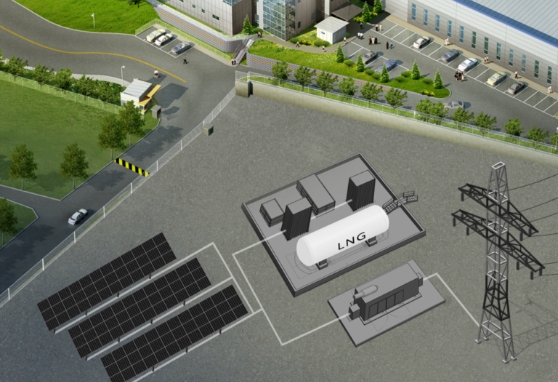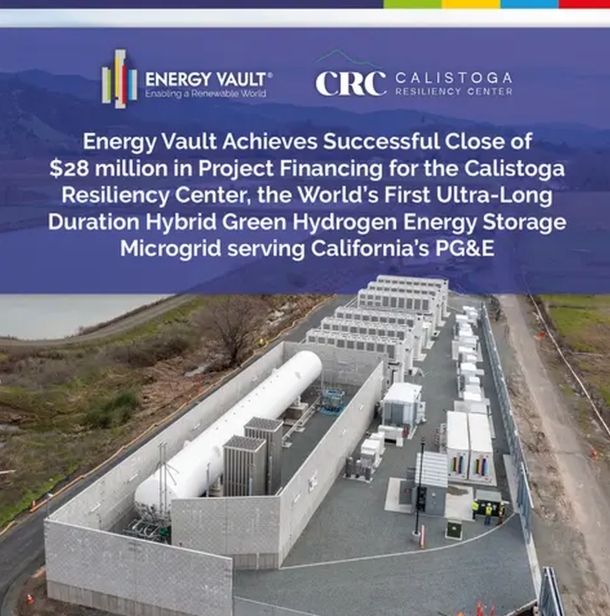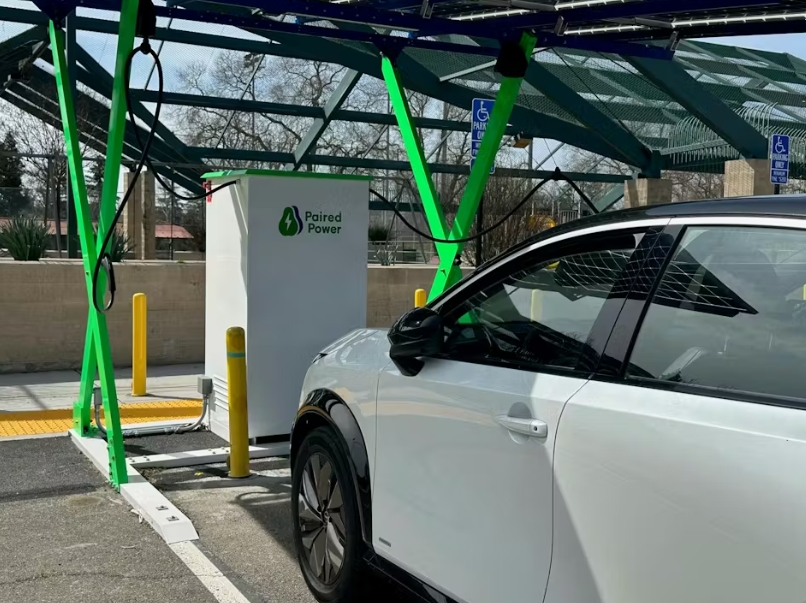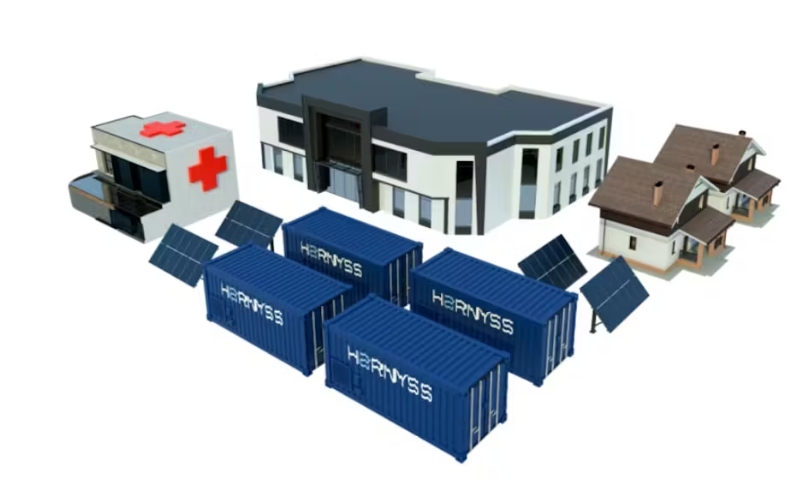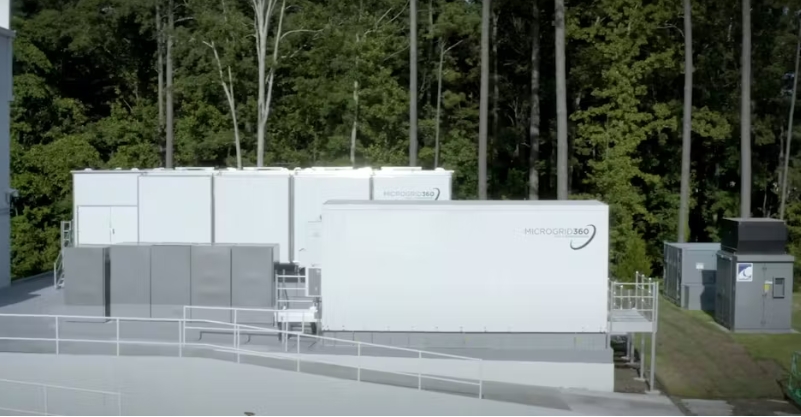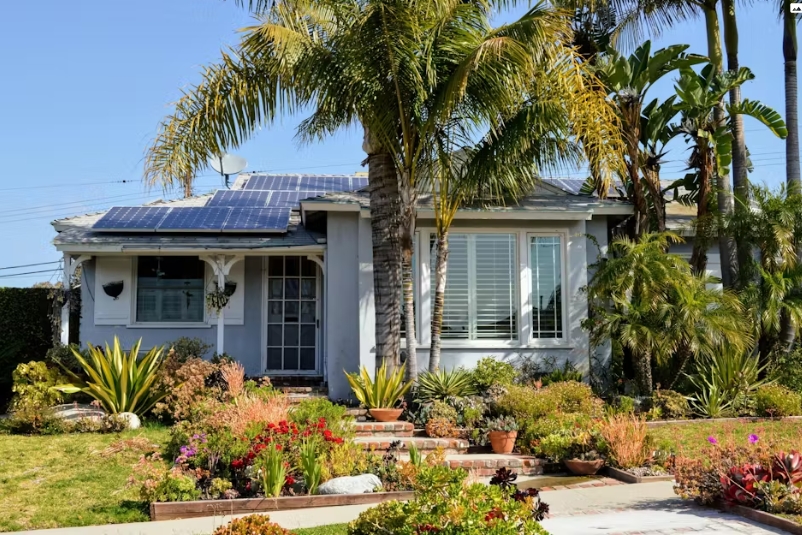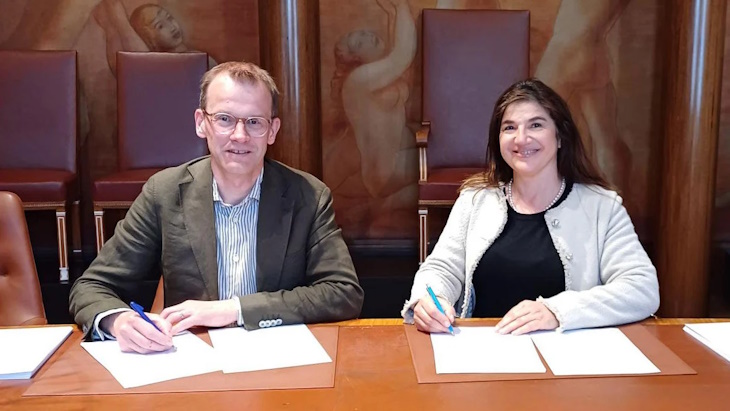
Uniper-owned OKG has used electricity produced by the Oskarshamn nuclear power plant in Finland to produce hydrogen through electrolysis of water since 1992. This hydrogen was initially produced to meet the nuclear power plant's own needs: the hydrogen was added to the reactor coolant of the plant's three boiling water reactors in order to reduce the risk of stress corrosion cracking of the reactor piping by reducing the amount of free oxygen in the coolant.
The hydrogen produced at Oskarshamn is now only required for use in unit 3 of the nuclear power plant following the permanent closure of units 1 and 2 in June 2017 and December 2016, respectively, leaving an overcapacity. OKG has modernised the hydrogen plant to expand operations and signed its first contract to supply fossil-free hydrogen from the plant to industrial gases company Linde in 2022.
All businesses in Uniper's portfolio have two main tasks: to ensure a secure energy supply and to drive the energy transition, and the company is playing an important role in the establishment of Europe's hydrogen economy and the development of a significant business in renewable energy, OKG CEO Johan Lundberg said. "It's fantastic that the surplus production we sell can help Hynion with hydrogen to their hydrogen filling stations so that together we can contribute to reducing carbon dioxide emissions."
Hynion said the partnership represents an important part of its strategy to reduce dependence on individual suppliers as it prepares for increasing hydrogen-powered traffic in Sweden. "We need stable producers who, together with us at Hynion, want to contribute to the energy transition and a carbon-free future. The hydrogen delivery from OKG is an important step to secure the supply of hydrogen at our stations," said Hynion AS CEO Slavica Djuric.
Megawatt-scale pilot plant
In a separate announcement, Finnish utility Fortum said it will build a hydrogen production pilot plant in in the Källa area near the company's Loviisa nuclear power plant. Construction of the test centre, on land already owned by the company, will begin this summer, and the plant is scheduled to be commissioned in late 2025.
Hydrogen will be produced by electrolysers with a capacity of around 2 MW, using electricity from the main grid and local domestic water supplies in Loviisa. A filling station will be built in connection with the plant for the delivery of hydrogen to industrial customers. The Källa test centre is expected to be in operation for around two years, and the total R&D cost of the pilot project is around EUR17 million (USD18.3 million). The test centre is being funded entirely from Fortum’s research and development funds.
"Testing hydrogen production at the Kalla test centre on a megawatt scale will provide valuable information not only in terms of the design and operation of potential larger plants, but also of the business opportunities provided by green hydrogen and hydrogen derivatives," said Satu Sipola, vice president of Power-to-X at Fortum. "The pilot project is the first step towards possible future projects and investments."
"Fortum has a strong position in clean energy production, and we strive to find solutions to help our industrial customers decarbonise their operations. We work to drive the development of clean hydrogen in the Nordic countries, and we engage in active research cooperation with companies in the forest, steel and chemical industries and the transport sector, for example," Sipola said.
